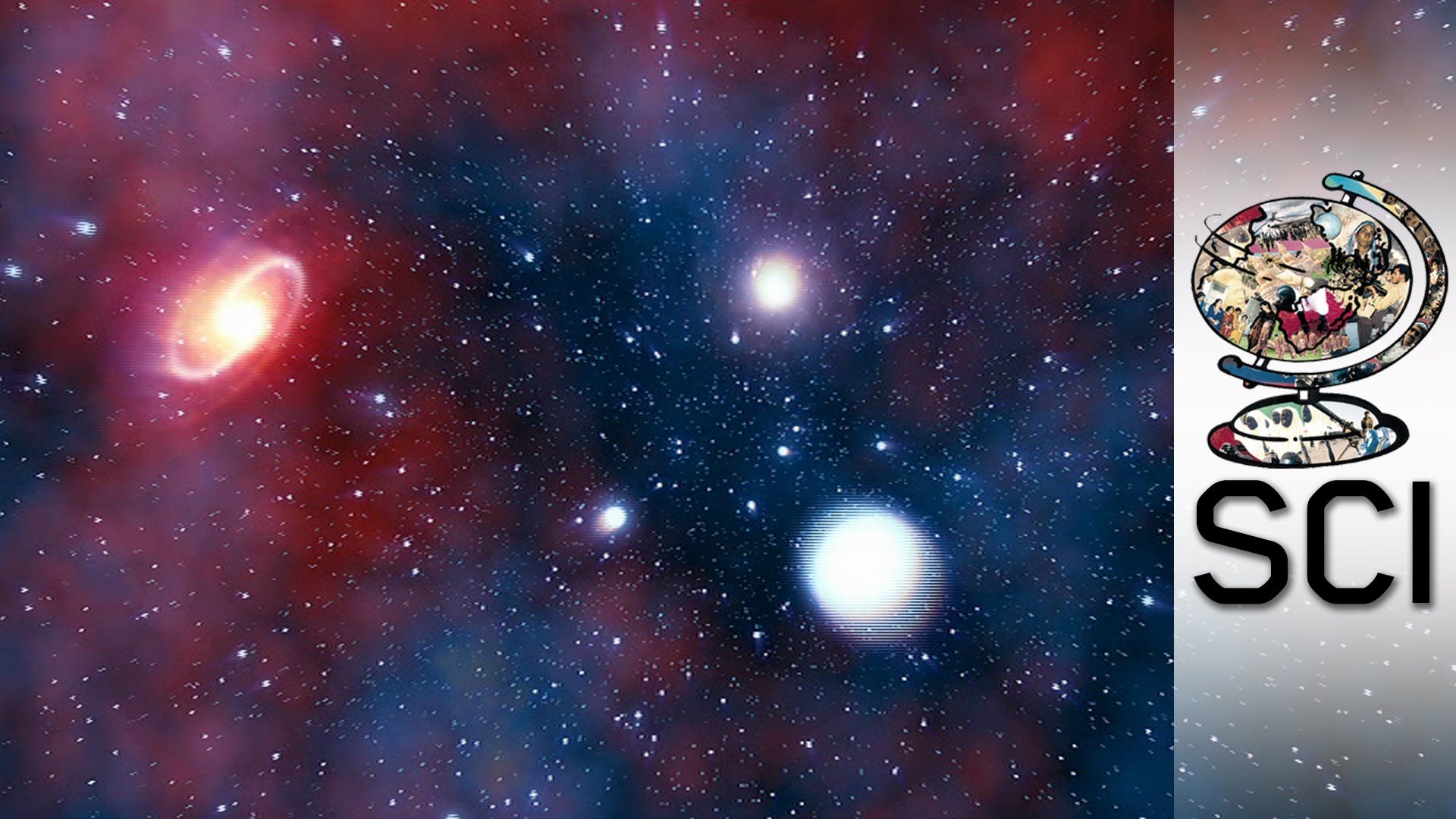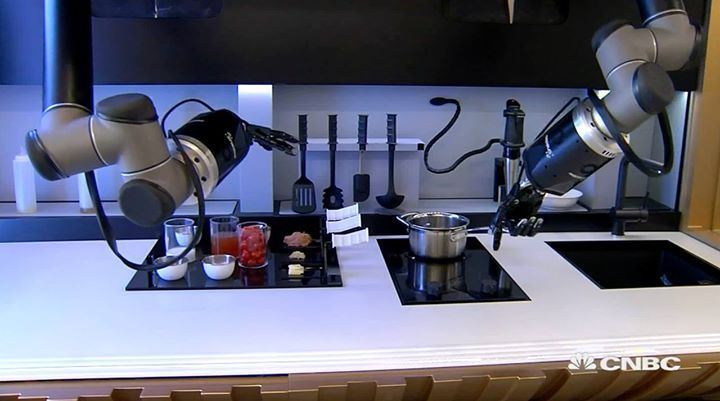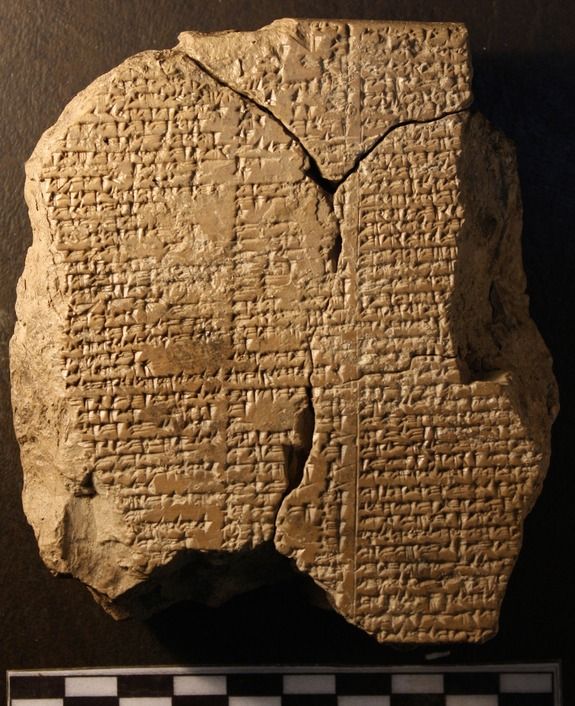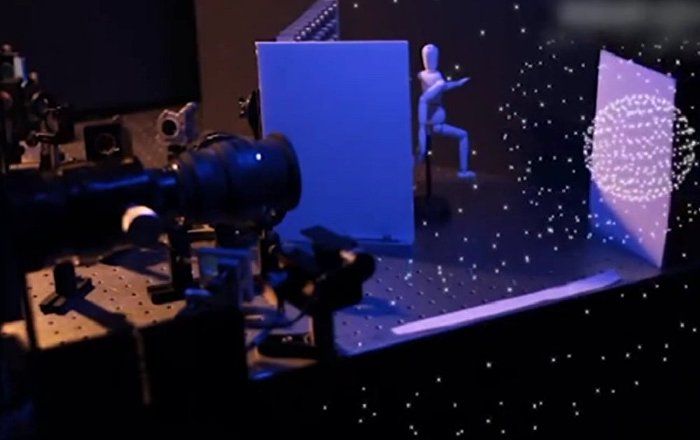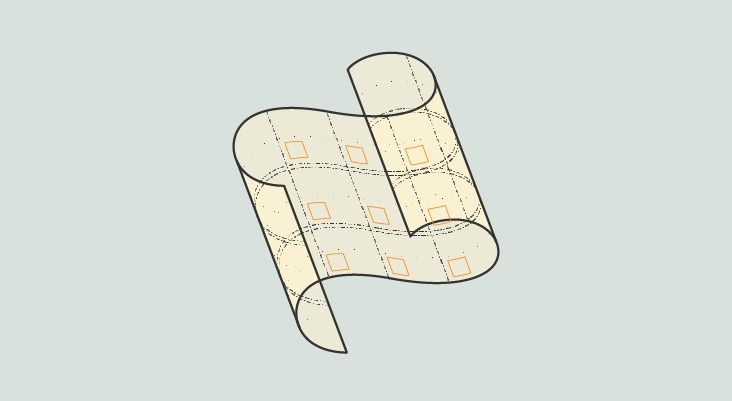Catalyst: Virtual Universe — The Illustris supercomputer has modelled vast swathes of the universe, allowing us to visualise incredible scenarios in outer space.
Go to the Journeyman Science playlist: https://www.youtube.com/playlist?list=PLlGSlkijht5iXbPX7d_oTP47c9C3kArQ0
Part of what makes astronomy so difficult is the inconceivability of space and its mind-boggling vastness. But an extraordinary new supercomputer called the Illustris has modelled a huge chunk of the universe: a cube 350 million light years across, an area the home to tens of thousands of galaxies. Illustris reveals how galaxies form and collide, shows what happens when unsuspecting matter falls into black holes, and lifts the lid on a host of other dramatic events that have unfolded since the Big Bang. Dr Graham Phillips takes us on a virtual tour of our wondrous universe.
ABC Australia — Ref 6510.
Journeyman Pictures brings you highlights from the cutting-edge science series, ‘Catalyst’, produced by our long-term content partners at ABC Australia. Every day we’ll upload a new episode that takes you to the heart of the most intriguing and relevant science-related stories of the day, transforming your perspective of the issues shaping our world.
